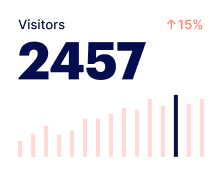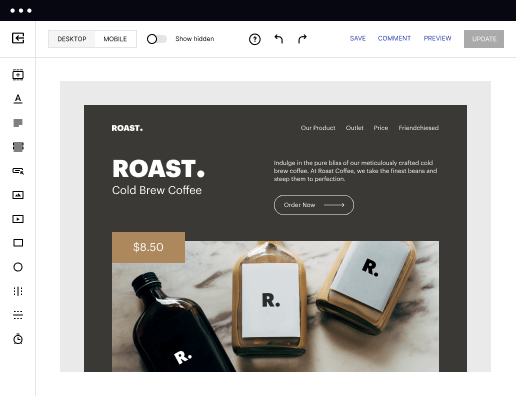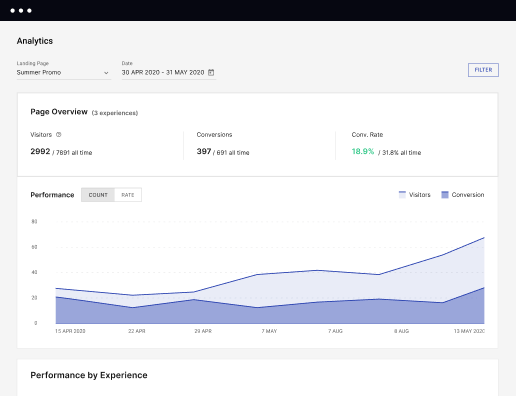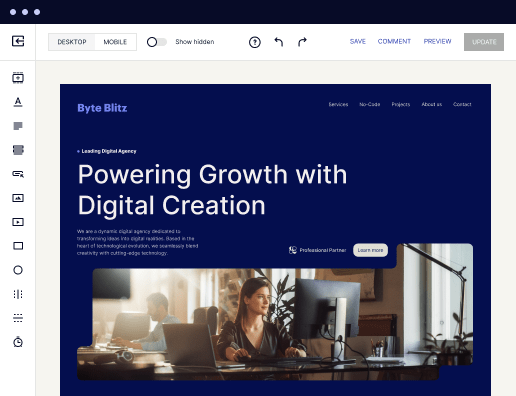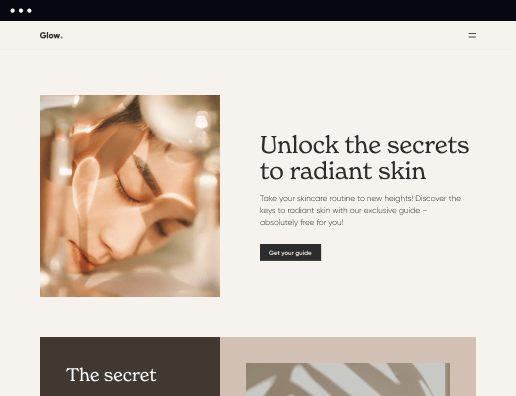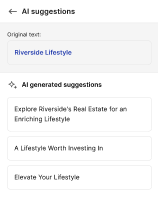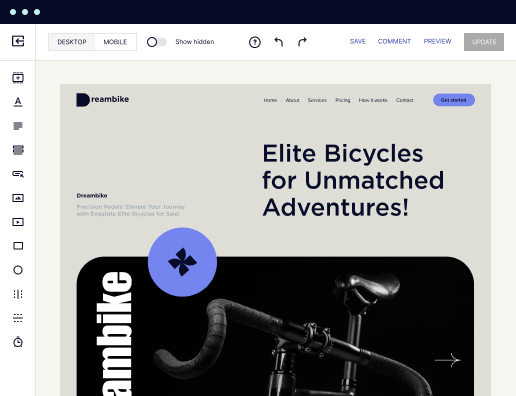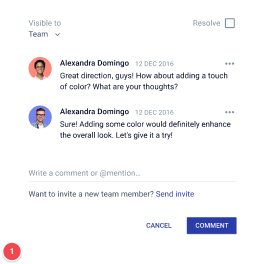Make your HTML page for Journalists and convert leads into revenue
Power up and optimize your campaigns with Instapage. Effortlessly create your HTML page for Journalists to highlight your expertise, attract your target audience, and achieve superior conversion outcomes.
How to create your HTML page for journalists with Instapage
Creating an engaging HTML page designed specifically for journalists is crucial for maximizing media outreach and establishing strong connections with the press. With Instapage, marketers can leverage dynamic templates and powerful optimization features that enhance user experiences and increase conversion rates. This guide outlines a step-by-step process to establish a tailored landing page that captures the attention of journalists and ensures your brand message resonates effectively.
Step 1: Choose the Right Template
Selecting a template that fits the specific needs of journalists is essential. To start, you can navigate through Instapage's extensive library of over 100 conversion-focused layouts. Look for templates that offer a clean design, ample space for textual content, and clear calls-to-action to encourage further engagement from the media.
- Flexible layouts: Choose layouts that allow for adaptable content placement to suit varying story formats.
- Responsive design: Ensure the template works seamlessly across devices, including desktops and mobile phones.
- Visual appeal: Select a template that aligns with your brand aesthetics while remaining aesthetically pleasing to your audience.
Step 2: Optimize for High Conversions
Once you have your template ready, it’s vital to optimize the landing page for conversions. Instapage’s built-in experimentation features allow you to run A/B tests to identify which elements perform best. Additionally, you can utilize heatmaps to gain insights into user behavior on the page.
- A/B Testing: Test different headlines, images, and CTAs to see which combination yields the highest engagement.
- Heatmaps: Analyze where your visitors click most to adjust content placement and improve navigation.
- Analytics dashboard: Track key performance metrics to understand visitor behavior and refine your strategy.
Step 3: Personalize Content for Your Audience
Personalization is critical in making journalists feel that your message is tailored for them. Utilize features like dynamic text replacement to customize headlines or body text based on who is visiting your page. Additionally, integrate specific ads for unique audiences to create a more engaging experience.
- Dynamic text: Change headlines and copy to resonate more deeply with diverse journalism sectors has approached.
- Segmented metrics tracking: Assess performance based on different journalist segments to refine your communication strategy.
- AdMaps: Link your ad campaigns directly to landing pages focused on specific narratives to enhance relevance.
By following these steps, you can effectively create an HTML page for journalists that not only captures attention but encourages them to engage with your brand. Pay attention to the content flow, visual elements, and transparency in communicating your brand message.
In conclusion, creating an effective landing page for journalists is a multifaceted process involving template selection, optimization, and personalized content delivery. The right approach can significantly improve your media outreach and strengthen brand relationships.
Ready to engage with journalists like never before? Start building your tailored HTML page on Instapage today and watch your media connections flourish!
Get more out of Create your HTML page for Journalists
Improve your Quality Score with quick load technology for landing pages
Increase conversions with content that aligns with your ads and audiences
Achieve maximum ROI by scaling your marketing initiatives
Leading the way in building high-performing landing pages





FAQs
See how to create your html page for journalists in action
Ready to skyrocket conversions?
Supercharge your ad campaigns with high-performing landing pages.
Get started
